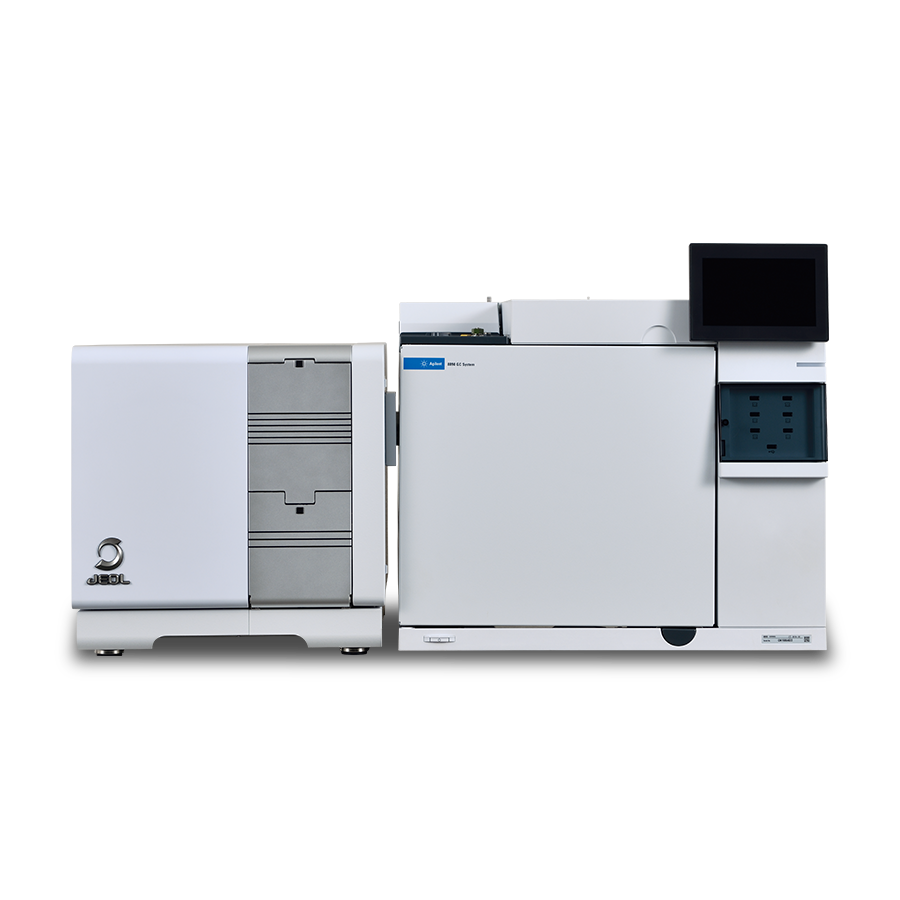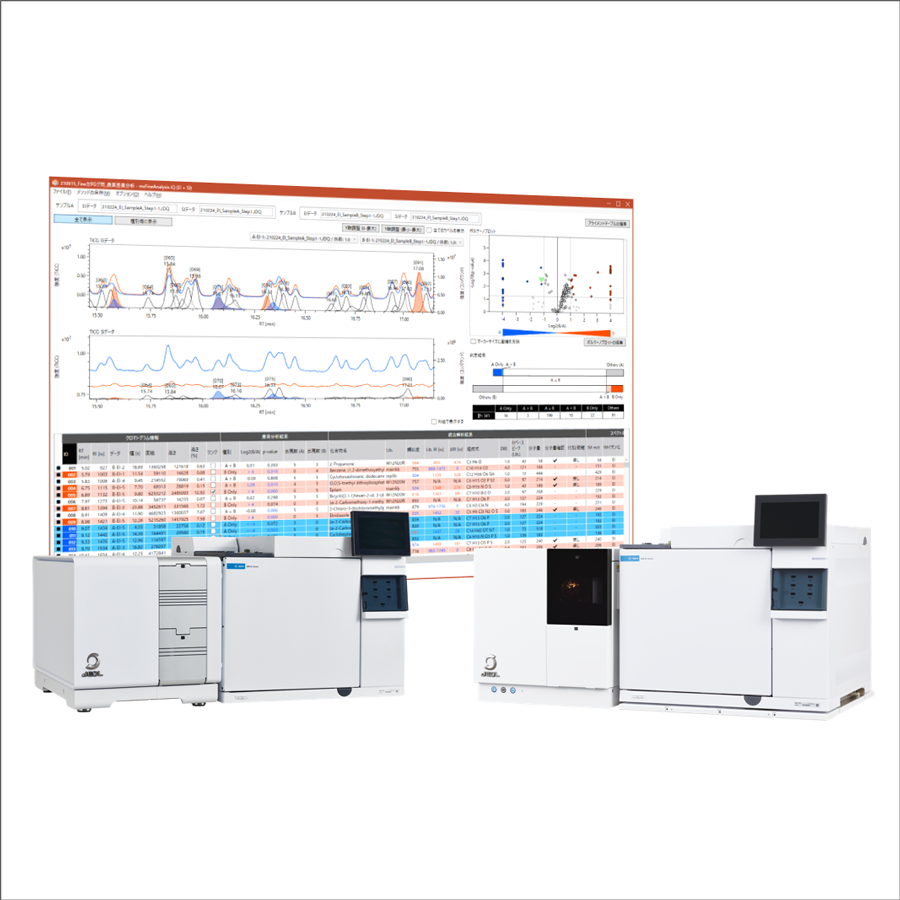Analysis of commercially available polypropylene products combining pyrolysis GC/EI and GC/PI (1) - Introduction of integrated qualitative analysis by msFineAnalysis iQ -
MSTips No.347
The gas chromatograph-quadrupole mass spectrometer (GC-QMS) is widely used as a qualitative/quantitative analyzer for volatile compounds. Qualitative analysis by GC-QMS is generally performed by searching the library database (DB) using the measurement data of the Electron Ionization (EI) . However, if qualitative analysis is performed using only the similarity with the library spectrum as an index, several significant candidates may be obtained depending on the compound, or erroneous candidates may be selected as the identification result. In such cases, confirmation of molecular ions by the soft ionization (SI) such as the photoionization (PI) is effective.
In 2018, JEOL Ltd. released "msFineAnalysis", an integrated qualitative analysis software that automatically combines the analysis results of EI and SI measured by a gas chromatograph time-of-flight mass spectrometer (GC-TOFMS). msFineAnalysis is software that analyzes the exact mass data of GC-TOFMS, but the usefulness of integrated analysis can be expected for integer mass data as well. Therefore, we have newly developed the integrated qualitative analysis software "msFineAnalysis iQ" that supports integer mass data obtained by GC-QMS. In this MSTips, we have reported an analysis example of the pyrolysis-GC-QMS measurement results of commercially available polypropylene products using msFineAnalysis iQ, especially on the usefulness of integrated analysis.
Experiment
A commercially available polypropylene product of lunchbox antibacterial sheet was used as the sample. A GC-QMS "JMS-Q1600GC UltraQuad™ SQ-Zeta (JEOL Ltd.)" equipped with a pyrolyzer "PY-3030D (Frontier Labs)" and the EI/PI combination ion source was used for the measurements. Table 1 shows the measurements condition in details. The GC/MS data were analyzed using the integrated qualitative analysis software "msFineAnalysis iQ (JEOL Ltd.)" dedicated to JMS-Q1600GC.
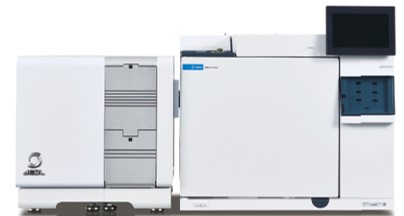
JMS-Q1600GC UltraQuad™ SQ-Zeta
Table 1 Measurement condition
| Pyrolysis condition | |
|---|---|
| Sample amount | EI: 0.4 mg, PI: 0.5 mg |
| Pyrolysis temperature | 400°C |
| GC condition | |
|---|---|
| Column | ZB-5Msi (Phenomenex) 30 m×0.25 mm I.D., df=0.25 µm |
| Injection port temperature | 320°C |
| Oven temperature | 40°C (2 min) → 20°C/min → 320°C (20min) |
| Injection mode | Split 100 : 1 |
| Carrier gas | He, 1.0 ml/min (Constant Flow) |
| MS condition | |
|---|---|
| Ion source | EI/FI combination ion source |
| Ion source temperature | 250°C |
| Interface temperature | 280°C |
| Ionization mode | EI (70 eV, 50 µA), PI (8 - 10 eV) |
| Mesurement mode | Scan (m/z 35 - 700) |
Integrated qualitative analysis flow of msFineAnalysis iQ
Figure 1 shows the analysis flow using only the conventional library DB search (left side) and the integrated qualitative analysis flow using msFineAnalysis iQ (right side). In this software, first, the chromatogram peaks are detected for the GC/EI and GC/Soft Ionization (SI) data respectively, and mass spectra are created (A). Each mass spectrum is linked based on retention time information and recorded as one component (B). In addition, molecular ions are automatically selected in the SI mass spectrum (C). Next, a library DB search is performed using the EI mass spectrum (D), and the library search results are narrowed down by using the retention index search if the user wants (E), and confirming whether the molecular weight of the compound in the library DB search results match as molecular ion in the mass spectrum of the EI and SI (F). Finally, these results are integrated to obtain an "integrated analysis result" (G). We can use chemical ionization (CI), photoionization (PI), and low ionization energy EI as SI method.
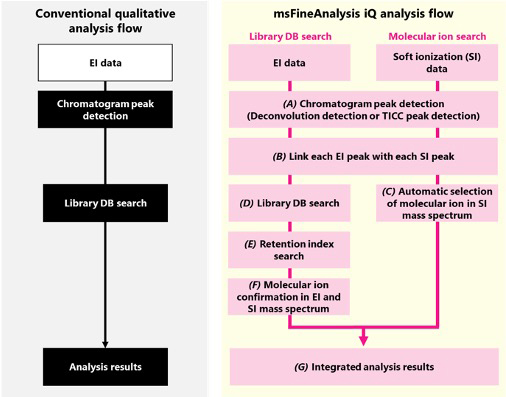
Figure 1 Qualitative analysis flow
Results
As a result of pyrolysis-GC-MS measurement of the lunchbox antibacterial sheet, the total ion current chromatogram (TICC) is shown in Figure 2. The mass spectrum of the most intensive peak [033] in the TICC is shown in Figure 3. In both the EI and PI mass spectra, m/z 174 which is presumed to be a molecular ion was detected. In PI, a simple mass spectrum with only a molecular ion was obtained. The integrated qualitative analysis result list with the top 5 candidates by msFineAnalysis iQ is shown in Table 2. From this result, the component of the peak [033] was estimated to be "Benzene, 1,3-disocyanato-2-methyl-" having 906 similarity score with the library DB.
Furthermore, Figure 4 shows the mass spectrum of the peak [016] obtained by deconvolution detection. The molecular ion of [016] compound was not detected by EI, but was able to be detected by PI. The integrated qualitative analysis result list with the top 5 candidates by msFineAnalysis iQ is shown in Table 3. Several significant library DB search candidates were obtained for this component, and the similarity score of these top 5 candidates were as high as more than 800. However, since the molecular ion was found as m/z 168 by PI, this component was presumed to be "1-Nonene, 4,6,8-trimethyl-". As described above, even in the case of multiple candidates in the library DB search results, it was possible to determine a unique result by integrated qualitative analysis.
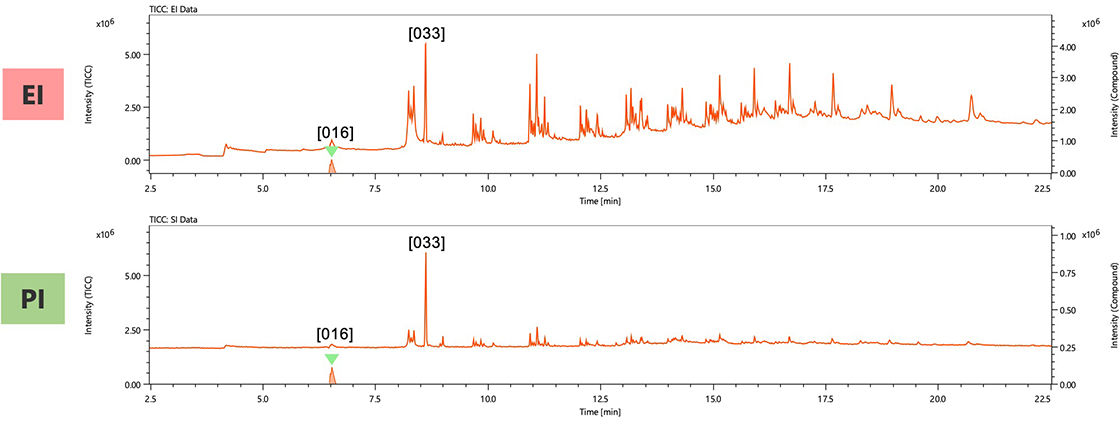
Figure 2 Total ion current chromatograms
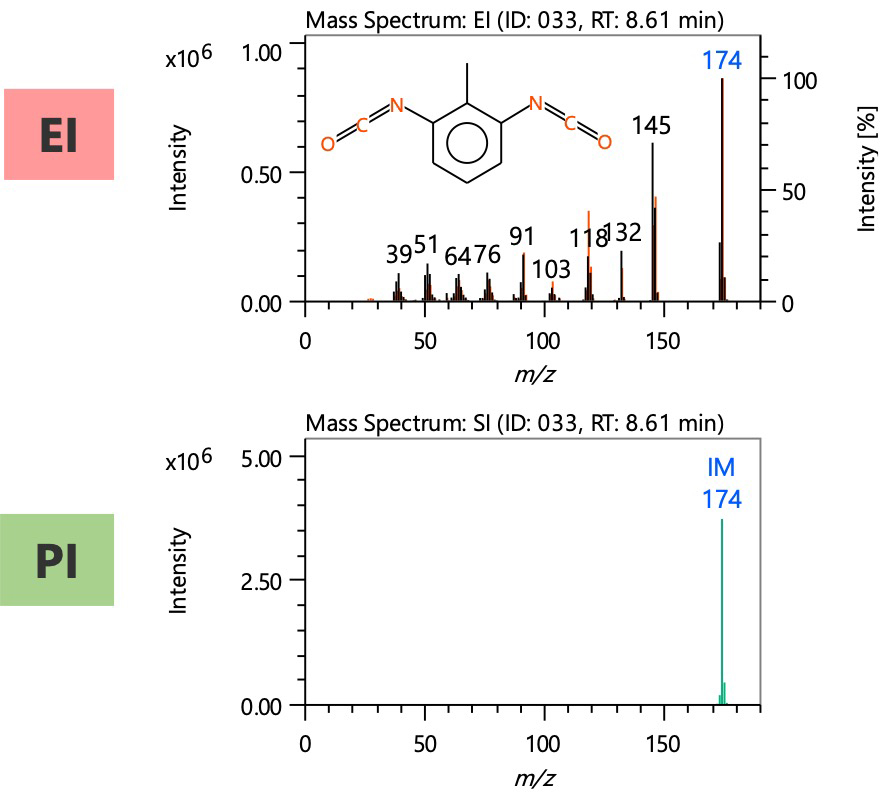
Figure 3 Mass spectra of peak [033]
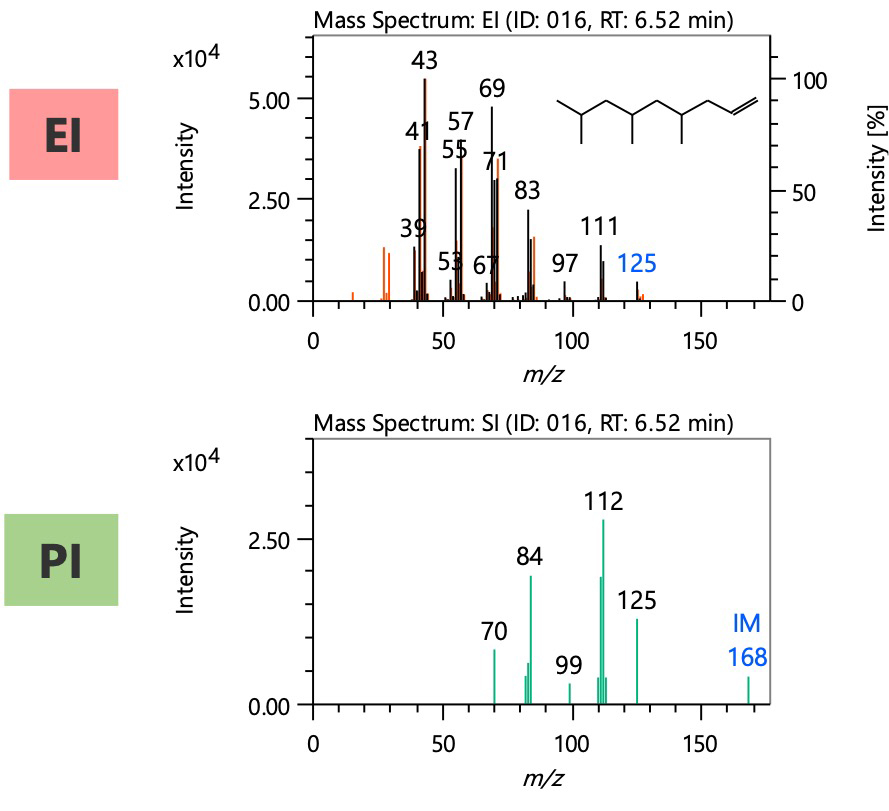
Figure 4 Mass spectra of peak [016]
Table 2 Integrated qualitative analysis result of peak [033]

Table 3 Integrated qualitative analysis result of peak [016]

Conclusions
In this MSTips, we reported the usefulness of integrated qualitative analysis using the newly developed msFineAnalysis iQ. Even if there were multiple candidates in the library DB search, we were able to obtain unique results using msFineAnalysis iQ. This software is expected to improve the qualitative accuracy and efficiency of qualitative analysis using GC-QMS.
- Please see the PDF file for the additional information.
Another window opens when you click. 
PDF 484.2 KB
Related Products
Are you a medical professional or personnel engaged in medical care?
No
Please be reminded that these pages are not intended to provide the general public with information about the products.

